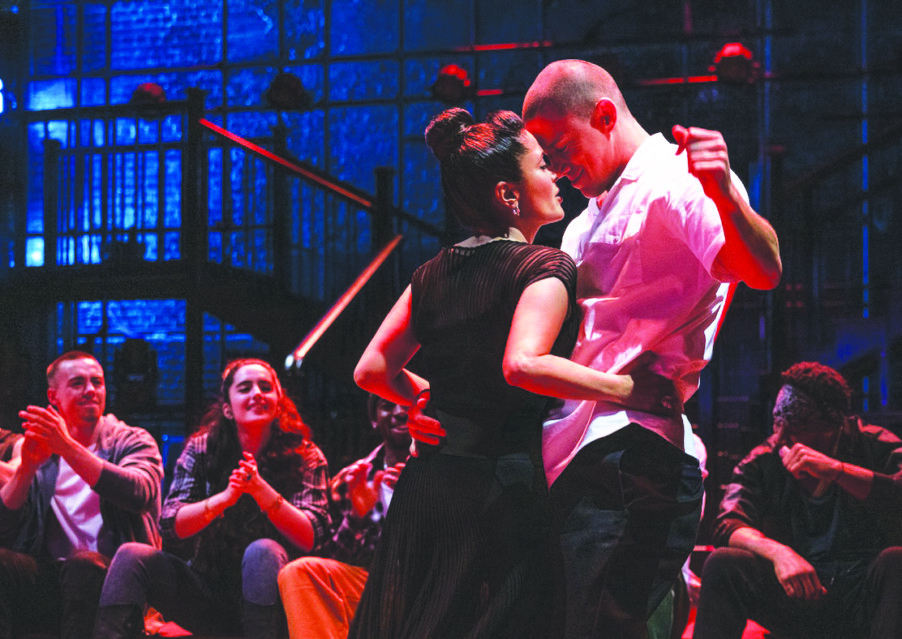Eternally youthful Paul Rudd returns for an adventure in the tinyverse in Ant-Man and the Wasp: Quantumania.
Scott Lang/Ant-Man (Rudd) has a pretty good post-Thanos life. He’s written a book, he’s publicly beloved and his girlfriend Hope Van Dyne/the Wasp (Evangeline Lilly) is using science to make the world a better place. But then he gets a call from the police department where his daughter Cassie (Kathryn Newton) is being held after getting arrested at a protest where she may have shrunk a police car (Hope slipped her an Ant-Man-like suit). When Scott brings her home to the Pym/Van Dyne house, he learns Cassie has been working with Hank Pym (Michael Douglas) and Hope on tech to map the quantum realm. Everyone’s proud of young Cassie’s invention but Hank’s wife/Hope’s mom Janet van Dyne (Michelle Pfeiffer) gets panicked when she realizes the device sends a signal into the quantum realm. She tries to shut it off but the device malfunctions and sucks them all in — or down, I guess, as the quantum realm is the submicroscopic world below or inside or whatever our world.
Janet, you’ll remember, was once stuck in the quantum realm for decades and when the gang — separated into two groups: the Pym/Van Dyne family and Scott and Cassie — arrives they realize she knows more than she’s ever explained about this world. For one, it’s populated by an assortment of beings, some more humanoid than others. And one of those beings is apparently the big noise of the quantum realm with some kind of old score to settle with Janet.
Eventually we meet this guy and he is Kang (Jonathan Majors), a name to remember for Phase Five of the Marvel Cinematic Universe. If you watched Loki and didn’t give up after one episode like I did, apparently he is familiar (and also there’s some Loki content in the post-credits, according to the internet; I only stayed for one mid-credits scene, which was wearying). He is the villain — I guess? Mostly, he just feels like the start to a Whole Thing.
This movie is primarily made of goofiness, some of which I enjoyed (a cute if not well-used cameo, some business with Hank Pym’s ants) and some of which I just found to be tiresome. Everything to do with the fraying of the multiverse or whatever, the half-baked “secrets Janet never divulged” stuff, and Kang’s whole deal all just feel like a drag on whatever fun the movie could have had.
This movie feels so invested in being the first chapter of a new thing that it seems like it forgot to put together a compelling stand-alone story. And while I have affection for both Paul Rudd and Scott Lang, that affection isn’t enough for the movie to skate by with so few redeeming elements of its own. C
Rated PG-13 because that is the most profitable rating — I mean, for violence/action and language, according to the MPA on filmratings.com. Directed by Peyton Reed with a screenplay by Jeff Loveness, Ant-Man and the Wasp: Quantumania is two hours and five minutes long and distributed in theaters by Walt Disney Studios.
Featured photo: Ant-Man and the Wasp: Quantumania





